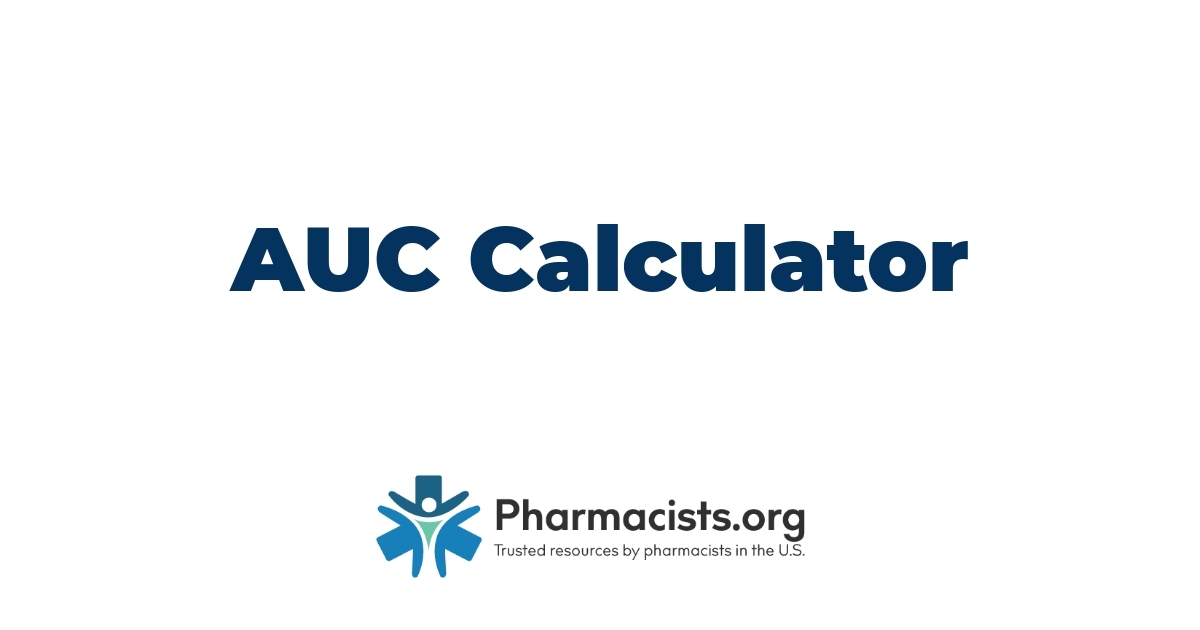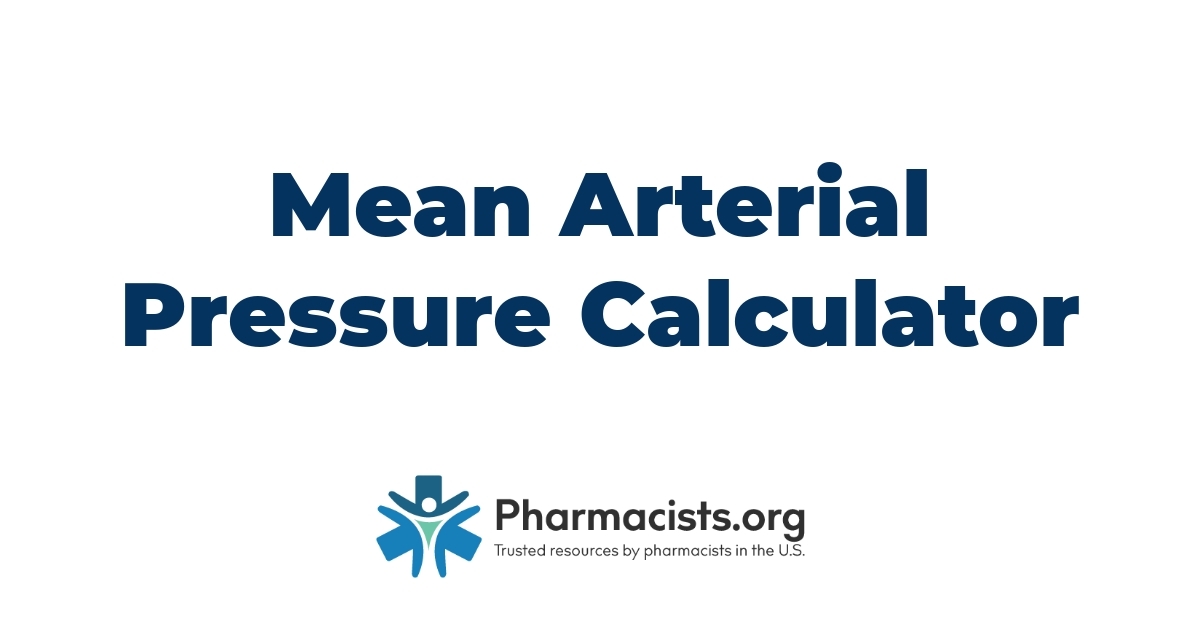What Is a Corrected Calcium Calculator?
Understanding the Need for Calcium Correction
Calcium plays a quintessential role in maintaining not just bone health but also in the proper functioning of nerves and blood clotting processes. But, not all calcium present in the bloodstream is bioavailable; that is, a portion of it binds to proteins such as albumin. Traditional calcium tests might not distinguish between bound and free calcium, potentially leading to misinterpretations of an individual’s calcium status. Herein lies the profound need for calcium correction.
The corrected calcium calculator addresses this gap by considering serum albumin levels, thereby offering a more accurate reflection of the bioavailable calcium in the body. This accuracy is paramount for healthcare providers, including pharmacists, to make informed decisions about treatment plans and health management strategies.
The Chemistry Behind Calcium Levels
Delving deeper into the biochemical underpinnings, the link between calcium and albumin in the bloodstream is foundational to understanding the necessity of a corrected calcium calculator. Typically, about 40% of the calcium in blood binds to proteins, with the majority attaching to albumin. Factors such as pH levels and the presence of other ions influence this binding process.
The equation used in the corrected calcium calculator meticulously adjusts the total calcium based on the serum albumin level. For instance, if the serum albumin is low, the total calcium level measured by standard tests may underestimate the amount of bioavailable calcium. The calculator applies a correction factor, ensuring that the reported calcium level mirrors the physiologically active fraction more closely.
How the Corrected Calcium Calculator Works
Entering Your Lab Values
Initially, the corrected calcium calculator requires the input of two critical lab values: the serum calcium concentration and the serum albumin level. These numbers are foundational for recalibrating the calcium levels accurately. Serum calcium concentration is typically measured in milligrams per deciliter (mg/dL) in the United States, reflecting both bound and unbound calcium in the blood. Conversely, serum albumin, often measured in grams per deciliter (g/dL), is essential for understanding the proportion of calcium that binds to proteins.
The Formula Explained
Once we’ve entered the necessary lab values, the corrected calcium calculator employs a formula to reflect the true calcium levels more accurately. This formula typically takes the form:
Corrected , Calcium , (mg/dL) = Serum , Calcium , (mg/dL) + 0.8 \times (4.0 – Serum , Albumin , (g/dL)
This equation adjusts the measured serum calcium level based on the albumin level. The constant “4.0” represents the average albumin level in g/dL, serving as a benchmark for the adjustment. The “0.8” is a correction factor, accounting for the average binding capacity of albumin for calcium. Through this adjustment, the calculator compensates for low albumin levels, which can misleadingly suggest lower calcium levels than are truly present. The outcome is a more accurate reflection of the physiologically active, or “ionized,” calcium in the body, which is crucial for cellular activities.
When to Use a Corrected Calcium Calculator
In our practice, we encounter numerous clinical scenarios that necessitate a nuanced understanding of a patient’s calcium levels. The corrected calcium calculator emerges as an invaluable tool in these instances, enabling us to make precise adjustments based on albumin levels. Let’s investigate into the specific situations and symptoms that guide us toward the use of this calculator.
Identifying Symptoms of Abnormal Calcium Levels
Recognizing the indications of abnormal calcium levels is crucial in our line of work. Symptoms such as muscle cramps, numbness around the mouth or in the extremities, and lethargy might signal hypocalcemia, or low calcium levels. On the flip side, symptoms like frequent urination, thirst, nausea, constipation, or cognitive changes could suggest hypercalcemia, or high calcium levels. These manifestations guide us to further investigate and understand the patient’s true calcium status, beyond what standard serum calcium measurements can offer.
Clinical Situations Requiring Corrected Calcium
Our clinical judgment comes into play in various scenarios where corrected calcium calculations are especially beneficial. Here are a few:
- Renal Impairment: Patients with kidney disease often have altered albumin levels, which affects calcium concentration. Corrected calcium calculations help us assess their true calcium status.
- Critical Care: In critical care settings, rapid fluctuations in electrolyte levels are common. Utilizing a corrected calcium calculator ensures we’re making treatment decisions based on accurate calcium levels.
- Malnutrition or Albumin Fluctuations: Conditions leading to significant changes in albumin, such as malnutrition or severe illness, necessitate the use of the corrected calcium calculator to accurately assess calcium levels.
- Oncology Patients: Cancer patients, particularly those with bone metastases, require careful monitoring of corrected calcium levels for precise treatment and management.
From around the web Correct Calcium Calcuatlor
The Importance of Accurate Calcium Measurement
Accurate calcium measurement plays a pivotal role in healthcare, especially in environments where precise and immediate decision-making is crucial for patient care. Given its significant impact on physiological functions, understanding the true calcium status of patients allows healthcare professionals to prevent potential complications and to tailor treatment plans effectively. This importance is magnified in settings such as renal impairment, critical care, malnutrition, and oncology, where calcium imbalance is common and can lead to severe consequences.
Implications of Incorrect Calcium Levels
Incorrect calcium levels can lead to a wide range of complications, affecting both short-term and long-term health outcomes. For instance, hypocalcemia, characterized by low levels of calcium, can trigger symptoms like muscle spasms, numbness, and in severe cases, can result in cardiac arrest. Conversely, hypercalcemia, or high levels of calcium, can cause kidney stones, bone pain, and more severe complications such as kidney failure or coma. These scenarios underline the necessity of precise calcium measurement. Without accurate data, it becomes challenging to diagnose these conditions correctly, potentially leading to delayed treatment or mismanagement, and eventually, impacting patient safety and recovery.
Also, the management of chronic conditions such as osteoporosis depends greatly on the accurate monitoring of calcium levels. Inaccurate measurements can mislead healthcare providers, either by falsely indicating a need for supplementation or by masking the need for intervention, so compromising patient care. Our aim, as experts in the pharmacy field, is to recognize these implications and to use tools like the corrected calcium calculator, enhancing our ability to interpret and act upon the results accurately.
Role in Diagnostic Procedures
The role of accurate calcium measurement extends beyond the mere identification of calcium imbalances; it also plays a critical role in diagnostic procedures. For example, accurate calcium levels are essential for diagnosing parathyroid disorders – where the parathyroid glands produce too much or too little hormone, directly affecting calcium levels in the blood. In oncology, elevated calcium levels may signal the presence of certain types of cancer or indicate that cancer has progressed or metastasized.
The corrected calcium calculator, hence, is not just a tool for recalibrating calcium levels; it’s an integral part of a broader diagnostic process that can provide insights into a patient’s overall health and help direct the course of treatment. This precision is particularly critical in the early detection and management of diseases where calcium levels are a key indicator.
In the realm of pharmacology, where we strive to ensure the utmost care and accurate treatment for our patients, the importance of tools like the corrected calcium calculator cannot be overstated. It aids us not just in treatment, but in diagnosis, management, and understanding the intricate balance of the human body. As pharmacy owners and healthcare providers, it’s our responsibility to harness these tools effectively, ensuring that every decision we make is informed, accurate, and eventually, in the best interest of our patients’ health.
Advantages of Using Corrected Calcium Calculator
Speed and Efficiency
One of the primary advantages of utilizing a corrected calcium calculator is the remarkable speed and efficiency it offers. Gone are the days of manual calculations that are not only time-consuming but also prone to errors. With a few clicks, healthcare professionals can now obtain accurate adjusted calcium levels, taking into account factors like serum albumin levels with remarkable speed. This efficiency is particularly crucial in fast-paced settings like emergency rooms or intensive care units, where every second counts.
Also, this tool allows us to streamline our workflow in a pharmacy setting. Clear, quick consultations based on precise data mean we can serve our patients more efficiently, enhancing their experience and trust in our services. It’s a win-win situation—patients receive timely care, and we optimize our operations, catering to more individuals in need without sacrificing quality.
Improved Patient Care
At its core, the corrected calcium calculator is a testament to the evolution of patient-centered care. By facilitating the calculation of accurate calcium levels, it empowers us to diagnose and address potential health issues with greater confidence. Precise calcium measurements are crucial for managing conditions like renal impairment, osteoporosis, and various forms of cancer. Mismanagement of these conditions due to inaccurate calcium readings can lead to severe complications, undermining a patient’s quality of life.
Also, this tool plays a critical role in personalizing treatment plans. Understanding a patient’s specific needs and medical conditions allows us to tailor our approach, whether it’s adjusting medication dosages or recommending dietary changes. This customization not only improves patient outcomes but also fosters a stronger, more trusting relationship between healthcare providers and their patients.
Limitations and Considerations
Potential Sources of Error
As pharmacists, we’re well aware that no tool is without its potential for inaccuracies. Several factors contribute to potential errors when using the corrected calcium calculator:
- Lab Measurement Variability: The accuracy of the corrected calcium value hinges on the precision of the serum calcium and albumin levels obtained from laboratory tests. Variations in lab equipment, techniques, or even sample handling can introduce discrepancies.
- Non-Albumin Bound Calcium Factors: While the calculator adjusts calcium based on albumin levels, it does not account for other proteins that can bind calcium or changes in pH that affect calcium binding. Situations such as acidosis or alkalosis can impact calcium levels, leading us to misinterpret corrected values.
- Individual Patient Differences: Unique patient conditions, such as specific protein abnormalities, differences in calcium binding affinities, or the presence of drugs that interfere with calcium levels, can affect the accuracy of the correction.
Understanding the Limits of the Tool
Recognizing the tool’s limitations ensures its appropriate use in crafting patient care strategies. Here’s what we need to keep in mind:
- Not a Diagnostic Tool Alone: The corrected calcium calculator should not be the sole basis for diagnosing hypercalcemia or hypocalcemia. It serves as a guide, necessitating further clinical evaluation and diagnostic procedures to pinpoint the underlying cause of calcium abnormalities.
- Specific Patient Populations: Caution is advised when using the calculator for patients with critical illnesses, significant hypoalbuminemia, or those on treatments affecting calcium or albumin levels. In such cases, direct measurement methods for ionized calcium might provide a more accurate reflection of the patient’s calcium status.
- Regular Calibration: Like any tool, the corrected calcium calculator must be regularly reviewed and calibrated against clinical outcomes and evolving healthcare knowledge. Continuous education on its use and limitations is essential for pharmacy teams, ensuring they leverage the tool effectively within the broader context of patient care plans.
By acknowledging these limitations and considerations, we, as pharmacy professionals, uphold our commitment to accuracy, discernment, and patient-centered care. It’s through understanding both the strengths and weaknesses of the tools at our disposal that we can navigate the complexities of healthcare, offering solutions that truly address our patients’ needs while pushing the boundaries of what’s possible in pharmacy practice.
I am a pharmacist, community pharmacy consultant, and medical writer with over 12 years of clinical practice experience in community, outpatient health system, long term care, and academic settings. I am also the founder of PharmCompliance.com, a website dedicated to the success of community pharmacy.
As a pharmacy project manager, I led the implementation of new service lines, assist with ensuring legal and third-party compliance for over 70 retail stores, lead quality improvement and medication safety initiatives, write policies, procedures, and best practices for all our retail sites, and help with optimizing revenue cycle and pharmacy profitability. I have been responsible for DMEPOS and vaccine accreditation through CMS, obtaining new licenses and permits, and implementing a prescription drug kiosk embedded in our physician offices.
As a medical writer, my work has been featured in GoodRx, Pharmacy Times, Drug Topics, Patient Care Online, and in peer-reviewed journals. I have also given presentations on a range of topics, from disease state pharmacotherapy for medical residents to updates on the CDC vaccine storage and handling guidelines for a medical-grade refrigerator and freezer manufacturer. I have written and presented continuing education for CEImpact, FreeCE, AchieveCE, Ascension Health, and the Florida Department of Health.
Owner, entrepreneur, and health enthusiast.
Chris is one of the Co-Founders of USA Rx.com. An entrepreneur at heart, Chris has been building and writing in consumer health for over 10 years.
Chris has a CFA (Chartered Financial Analyst) designation and is a proud member of the American Medical Writer’s Association (AMWA), the International Society for Medical Publication Professionals (ISMPP), the National Association of Science Writers (NASW), the Council of Science Editors, the Author’s Guild, and the Editorial Freelance Association (EFA).
Our growing team of healthcare experts work everyday to create accurate and informative health content in addition to the keeping you up to date on the latest news and research.

































